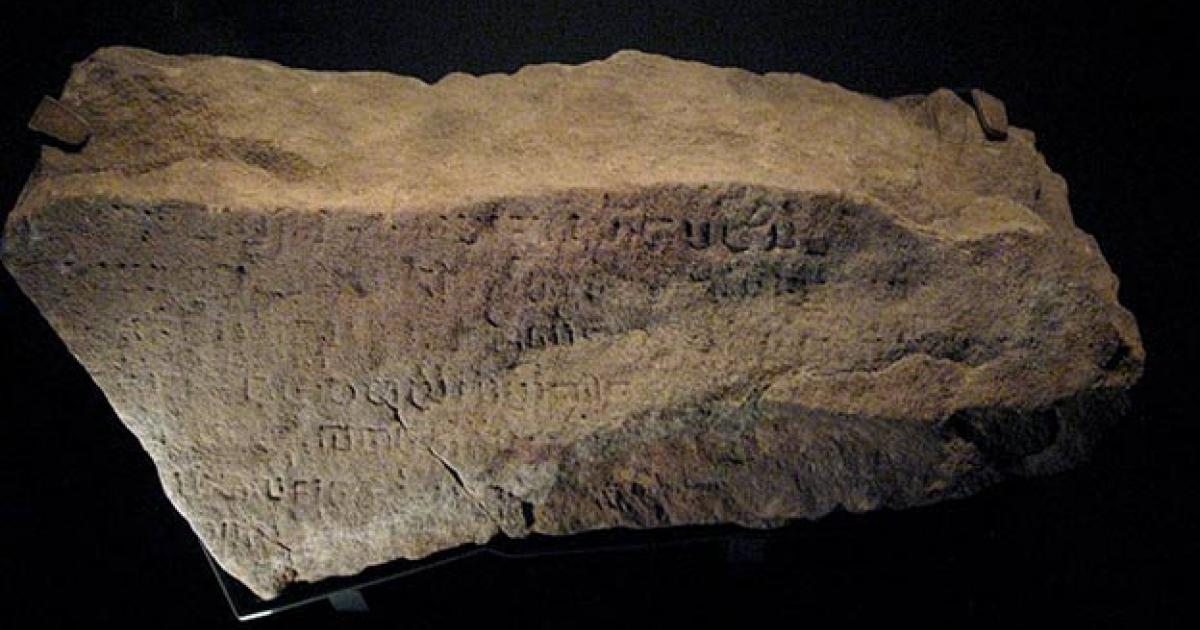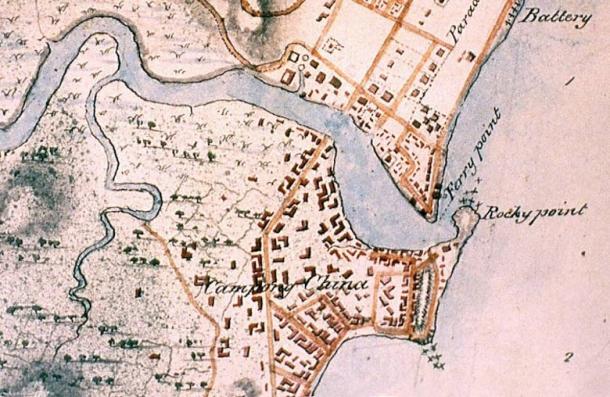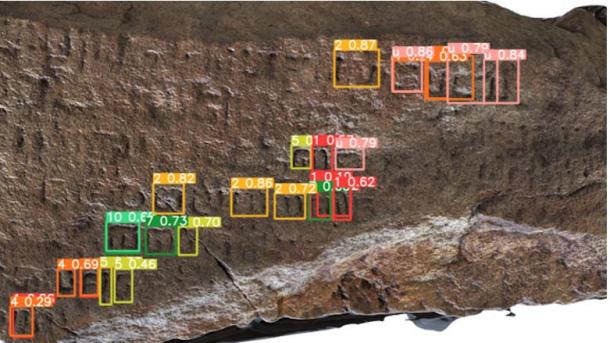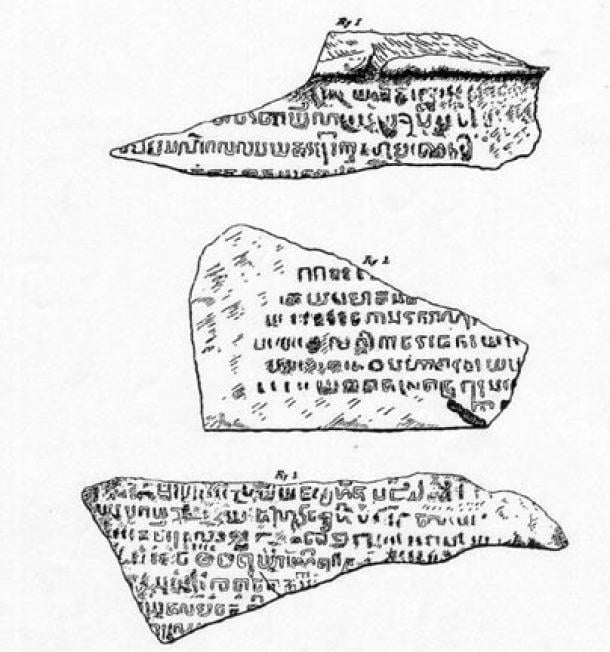Introduction
If you were to visit the Singapore Stone, displayed at the National Museum of Singapore, you might be disappointed. This ancient sandstone slab, once a prominent landmark at the mouth of the Singapore River, is slowly fading away. But for those who love a good mystery, the Singapore Stone remains a captivating puzzle waiting to be solved.
The story of the Singapore Stone is one of intrigue, loss, and the persistent efforts of researchers to crack the code of its enigmatic inscription. This ancient epigraph, measuring an impressive three-by-three meters and carrying approximately 50 lines of text, has puzzled linguists and historians for centuries. Its unique writing system, unlike any other found elsewhere, has remained undeciphered, leaving the secrets of this monument shrouded in mystery.
In this blog post, we’ll delve into the fascinating history of the Singapore Stone, explore the challenges faced by researchers in deciphering its inscription, and discuss the latest efforts to unlock the secrets of this elusive relic.

The Destruction and Rediscovery of the Singapore Stone
The Singapore Stone’s journey has been marked by both loss and rediscovery. In 1843, the British, in their efforts to build a fort, blew up the original slab, fragmenting it into pieces. Fortunately, Scottish military officer Lieutenant-Colonel James Low was able to salvage three fragments, which he sent to the Royal Asiatic Society’s Museum in Calcutta for further study.
It wasn’t until 1918 that the Raffles Museum of Singapore requested the return of the fragments from Calcutta. Sadly, only one fragment made its way back, while the fate of the other two remains unknown, lost to the ravages of time.
Despite the fragmentation and the near-complete loss of the original monument, the surviving fragment and reproductions of the missing parts have provided researchers with valuable clues to investigate the stone’s inscription.

The Enigmatic Inscription: A Language and Script Puzzle
The inscription on the Singapore Stone is a true linguistic enigma. The writing system used is unique, never found anywhere else and never used in any other text. This makes the task of deciphering the inscription particularly challenging, as there are no known comparisons or references to aid in the interpretation.

Attempts to decipher the text have been ongoing for decades, with scholars and linguists proposing various hypotheses about its origin and meaning. Some have suggested that the inscription may be connected to the Majapahit empire, while others believe it could be a gift from a rajah in south-eastern India, celebrating the deeds of a local legendary hero, Badang.
However, without the ability to read the inscription, the true origin and purpose of the Singapore Stone remain elusive. The lack of consensus on the timeframe of its creation, ranging from the 10th to the 13th century, further complicates the efforts to unravel its mysteries.

The Challenges of Deciphering the Undeciphered
The Singapore Stone’s unknown writing system and language pose a formidable challenge for researchers. The crypto-linguistic puzzle it presents is akin to the mysteries surrounding other undeciphered writing systems, such as Linear A and the Rongorongo script.
One of the fundamental rules in crypto-linguistics states that the more text available for comparison, frequency analysis, and pattern recognition, the higher the chances of successful decipherment. Unfortunately, the near-complete loss of the Singapore Stone’s original monument has left researchers with a limited amount of text to work with, making the task of deciphering its inscription even more daunting.
Cognitive biases, where a researcher’s beliefs and preconceptions can influence their interpretation of the text, also pose a significant obstacle. Mitigating these biases is a crucial requirement for effective language deciphering research.
The Road to Decipherment: Leveraging Artificial Intelligence
In the face of these challenges, researchers are exploring innovative approaches to crack the code of the Singapore Stone’s inscription. One such effort is the work of my research team at Xi’an Jiaotong-Liverpool University, where we are developing an artificial intelligence (AI) program called Read-y Grammarian.
Unlike human researchers, the AI program is not burdened by interpretive biases. It can “learn” the surviving characters of the epigraph and attempt to guess and elaborate on the missing parts of the text. By recovering a reliable text for the slab, more material will be available for comparison, frequency analysis, and pattern recognition – crucial steps towards decipherment.
The potential of AI-powered tools like Read-y Grammarian lies in their ability to approach the problem from a fresh perspective, free from the preconceptions that can hinder human researchers. By leveraging the power of machine learning and data analysis, we hope to uncover new insights and potentially unlock the secrets of the Singapore Stone’s inscription.
Conclusion: The Voice of the Stone Awaits
The Singapore Stone remains a tantalizing puzzle, a silent witness to a bygone era that has eluded our understanding for centuries. Despite the challenges, the persistent efforts of researchers to decipher its inscription continue, driven by a desire to uncover the hidden stories and insights that this ancient relic may hold.
As we explore new avenues of research, such as the use of AI-powered tools, the hope of hearing the voice of the Singapore Stone once again grows stronger. The decipherment of this unique writing system could not only shed light on the history and culture of the region but also contribute to our understanding of the diversity of human language and the enduring mysteries that ancient inscriptions can hold.
The Singapore Stone may be fading, but its allure remains as captivating as ever. Join us in the quest to unravel its secrets and unlock the secrets of the past, one glyph at a time.

